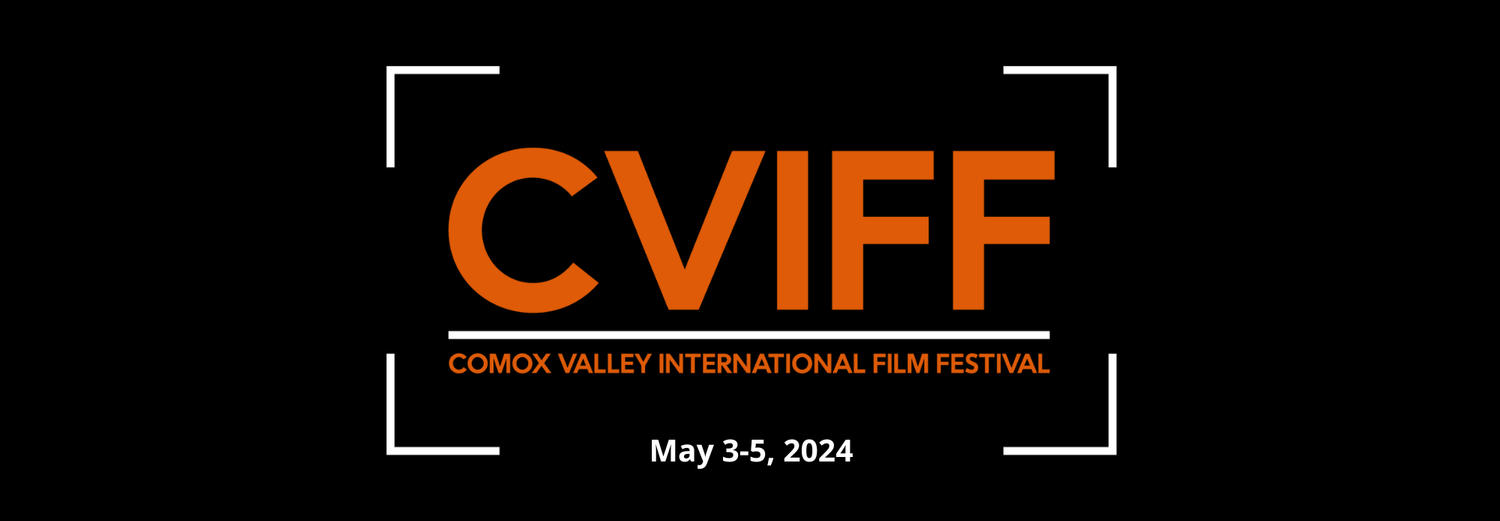The Details
Friday, May 12th @ 11:15am - 90 minutes at the Sid Williams Theatre (Main Auditorium) $40
Michael B. Adams
Screenwriter, Filmmaker, Instructor
Michael Bruce Adams is a produced writer with over 25 years of film and television production experience. Michael has written 37 feature film and television scripts and is a Script Consultant for feature films, documentaries and television series with clients in Canada, the US, China, Malaysia, Ghana, England and Spain.
As an educator, Michael began teaching story seminars with Peter D. Marshall’s Action, Cut, Print film directing programs. Michael then spent two years in China as senior writing instructor for Shanghai Vancouver Film School’s Writing for Film and Television Program returning in 2018 to teach select classes at the Vancouver Film School. As a filmmaking mentor, Michael served as story and production consultant on hundreds of produced student film projects. Michael continues educating internationally through workshops and seminars based on his ‘Story Courage’ theory work.
After Your First Draft
Story Development Workflow for Production Ready Scripts
This workshop examines story development as a logical 10-step process that writers, producers and directors can use to make their scripts production ready.
We will discuss the cumulative story power that is gained by understanding and working through basic story foundations, weaving essential story elements, testing stories through character, purpose and theme, charging stories with conflict and transcending the page by creating extraordinary subtext and dialogue.
Participants will learn why this process is critical to their success as cinematic storytellers; developing expertise of the tools offered will unleash profound creativity in our work, and, understanding each step of the process will allow us to communicate story vision professionally and confidently to our creative teams.
Workshop Takeaways:
Working knowledge of elemental story building blocks.
How to use the lead character as the story’s foundation.
How to weave together the two essential story elements.
Working knowledge of the purpose of each story element.
How to weave the lead character’s transformation, plot and story purpose.
How to use thematic questions for deeper stories.
How to use conflict to test a story’s strength.
How to test the purpose of characters using thematic questions and conflict.
How to use visual, aural and dialogue subtext to transcend the written word.
Working tools for profound dialogue.


